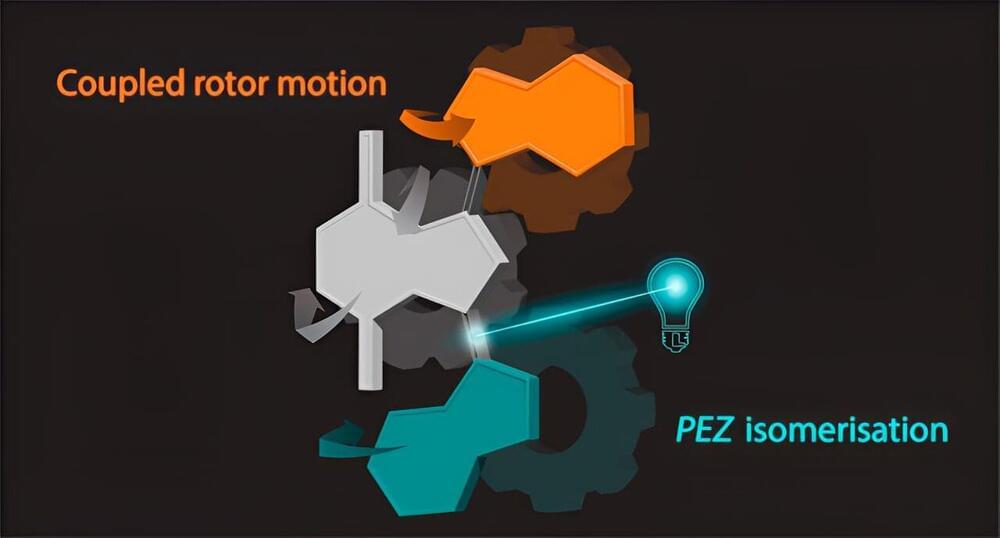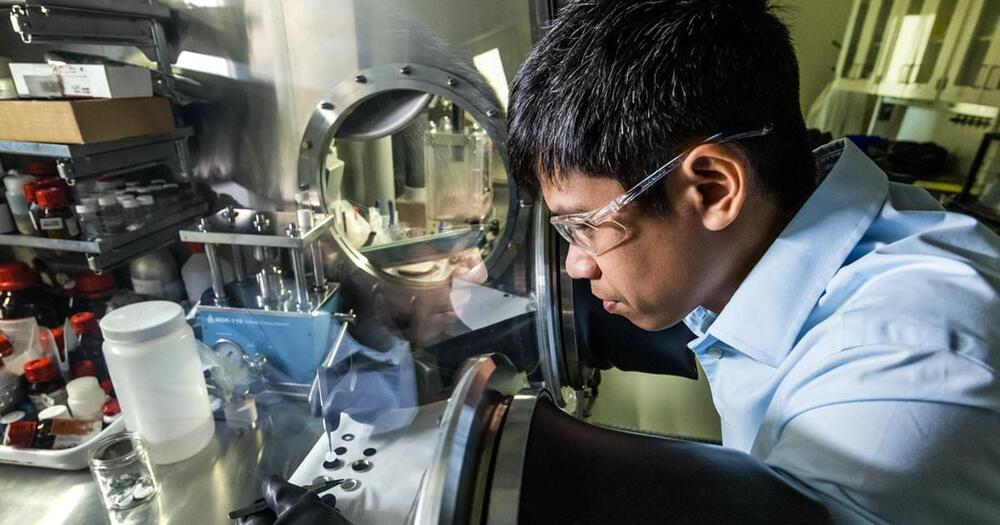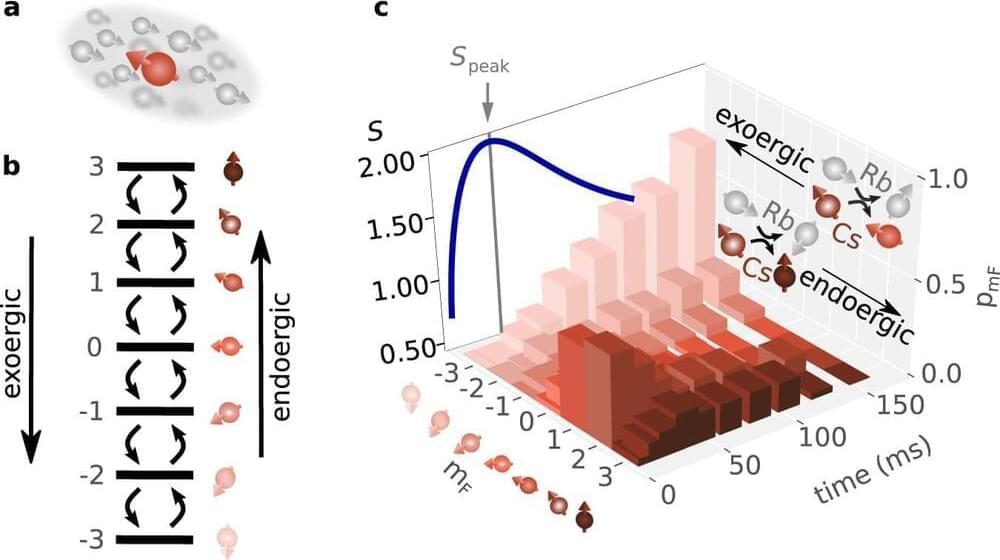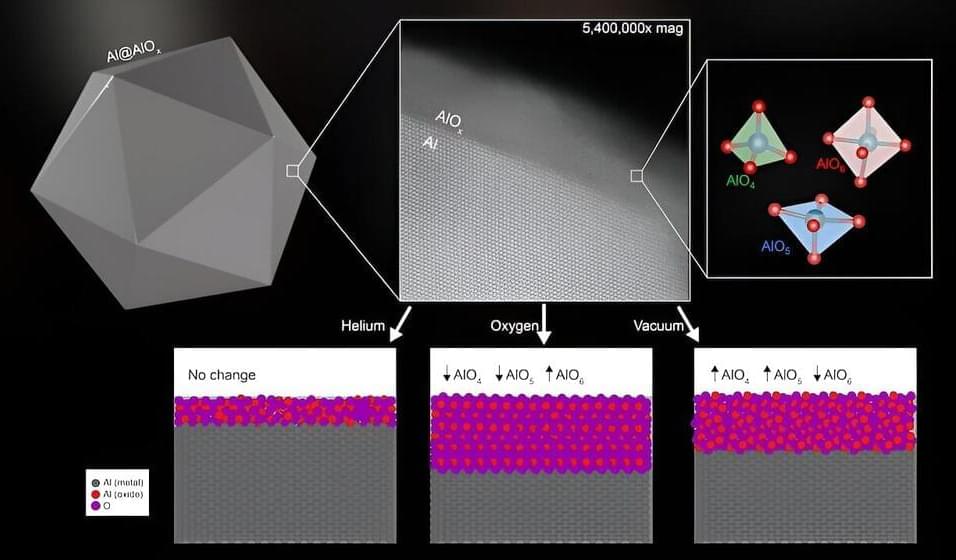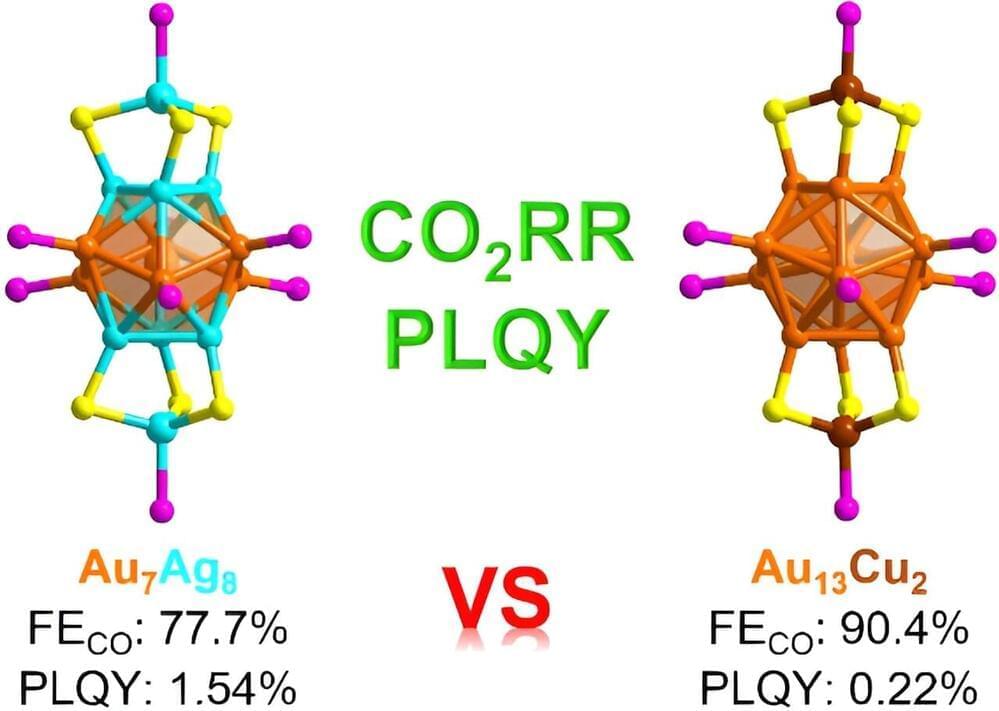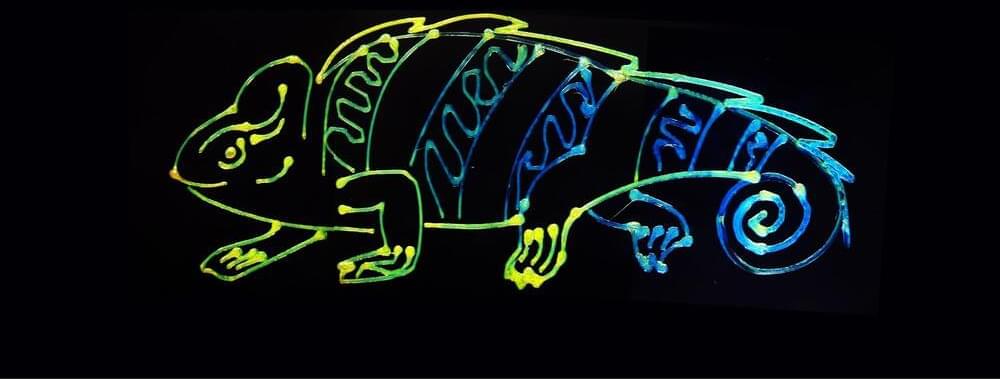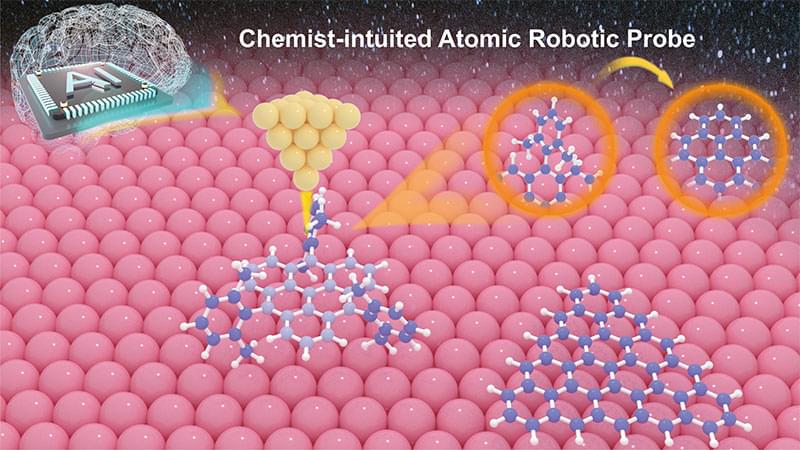“Enriched cosmic dust, on the other hand, I think makes for a plausible source.”
Dr. Walton’s team now plans to test their theory experimentally, using large reaction vessels to recreate the conditions that might have prevailed in the primeval melt holes, then setting the initial conditions to those that probably existed in a cryoconite hole four billion years ago before waiting to see whether any chemical reactions of the kind that produce biologically relevant molecules do indeed develop.
The post Scientists say cosmic dust may have kick-started life on Earth appeared first on Talker.

